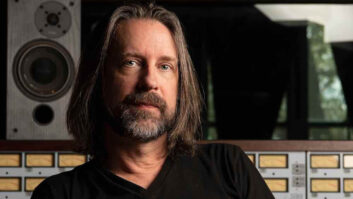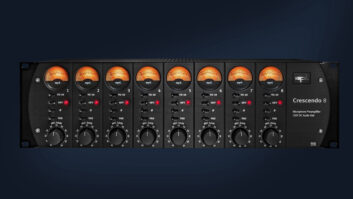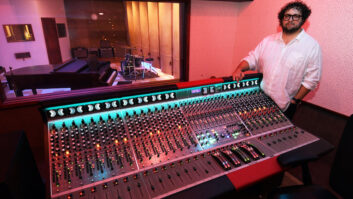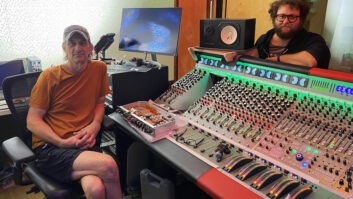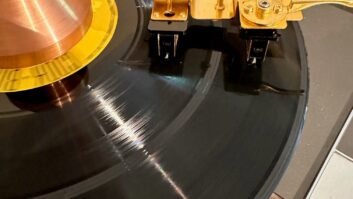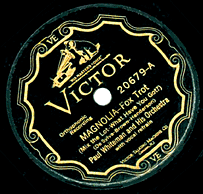
No technology breakthrough in audio recording created such a stir as the development of the electrical recording process. Essentially, this revolution marked the demise of acoustic recording, whereby audio signals entered a sound horn pointed at the source and sound waves within the horn vibrated a diaphragm attached to a needle that etched a groove in the wax record master. In the early 1920s, the threat of competition from the fledgling radio industry sent record companies on a quest to improve disc quality.
Although unveiled in 1925, electrical recording resulted from several successive technologies, ranging from Western Electric engineer Edward C. Wente’s development of the condenser mic in 1916 to the availability of improved carbon mics — such as Western Electric’s venerable model 1B. But the breakthrough came with Henry C. Harrison and Joseph P. Maxfield of Bell Labs, who created a matched-impedance recorder that had a bandwidth of 50 to 6k Hz — greatly improved from acoustic system’s limited 250 to 2.5k Hz range. After paying a $50,000 fee (plus a per-disc royalty), record companies invested in the technology with new names such as Columbia’s “Viva-Tonal” and the Victor Talking Machine Company “Orthophonic” (VE, or Victor Electric) process.
True to form, many critics hated the electrical process, claiming it brought out individual instruments, thus destroying acoustic recording’s smooth ensemble sound; other detractors believed that this new technology sounded harsh and unnatural. (Sound familiar?) Meanwhile, engineers with years of experience working with acoustic horns were faced with a need to know and understand electronics. But along with improved 78 players in the home and other record labels joining the electrical recording revolution, there was no turning back. Within a few years, acoustic recording had completely disappeared and the era of modern recording had arrived.
